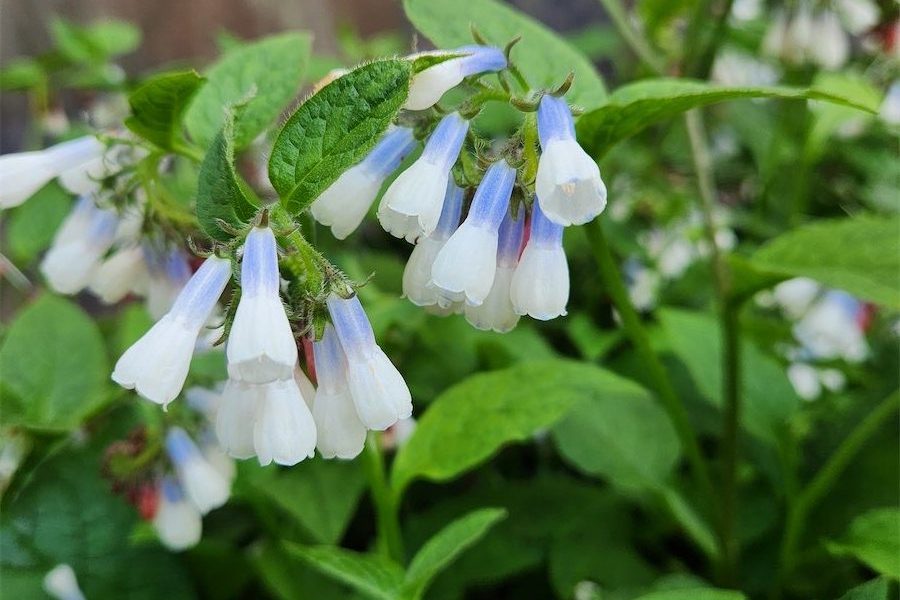
Grass tree – neither a grass nor a tree – is a spectacular native shrub that grows well in our region, says gardening columnist JACKIE WARBURTON.
The grass tree has strikingly long thin leaves that grow from the trunk and is botanically most unusual.

It likes free draining soil and will benefit from being planted into a raised garden bed or pot. It’s fussy with being moved and minimal root disturbance is necessary in any successful transplant.
It can be put into the ground in its pot, but the base of the pot should be removed before planting and holes made in the side walls of the pot for the roots to grow through.
It can take many years to flower and its flower spike grows slowly, taking months to produce white nectar for insects and birds.
Despite originating in northern NSW and south-east Queensland, Xanthorrhoea johnsonii grows best in our region and is, fortunately, untroubled by frosts.
Another truly spectacular species is Xanthorrhoea glauca. Botanically, glaucus means blue and this striking plant is just.
Both species can be a stunning feature in any garden, but in buying a grass tree it’s important to ensure it comes with a government tag to prove its authenticity and not being sold as a plant stolen from the bush.
They are drought hardy once they’re established and the old, dead fronds (skirt) can be trimmed for neatness, but it does no harm to leave them on.

DWARF comfrey, a terrific hardy ground cover that survives well on its own once established, is flowering now.
It’s a small plant that grows to 30 centimetres tall, which makes it great for growing under eaves or as a garden border.
Its dainty, nodding bell-shaped flowers are the most striking blue and white. It needs full sun to flower and grow well.
Another familiar comfrey plant is the rapid growing Comfrey officinale. A much bigger plant, it has pink/purple flowers and can be used in many ways such as mulch, pollinator, fertiliser, compost activator and terrific for the chooks as well.
Comfrey officinale has an extensive root system that aids in mining minerals from lower in the soil. However, be wise as to where it’s planted; once there, it’s hard to get rid of.
A comfrey fertiliser tea can be made by steeping a hessian bag of leaves in a large drum or bucket of water with the lid on and giving it a weekly stir.
When it’s on the nose, you know it’s working. After the leaves are unrecognisable in the bag, it can be strained and the remaining liquid bottled and used with 10 parts water, one part comfrey juice to make a weak tea, which can be applied to all plants over the foliage in the cool of the day.
Jottings
- Get composting bays ready for autumn leaves.
- Last of winter vegetables go into the ground.
- Plant herbs before the cold weather.
- Prune abelias and any summer-flowering shrubs.
jackwar@home.netspeed.com.au
Who can be trusted?
In a world of spin and confusion, there’s never been a more important time to support independent journalism in Canberra.
If you trust our work online and want to enforce the power of independent voices, I invite you to make a small contribution.
Every dollar of support is invested back into our journalism to help keep citynews.com.au strong and free.
Thank you,
Ian Meikle, editor





Leave a Reply